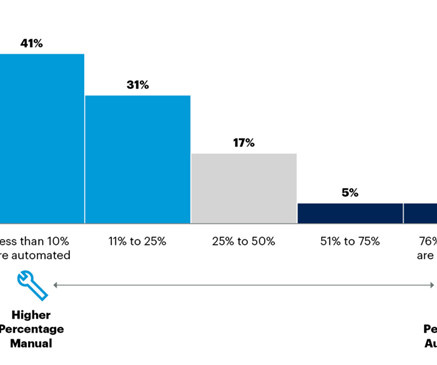Automation for all—managing and scaling networks has never been easier
CIO Business Intelligence
APRIL 27, 2023
At this time of dynamic business and market changes, uncertainty, and quickly evolving consumption models for IT infrastructure, every IT executive understands the benefits and necessity of network agility. We’ve seen how it can gather and organize telemetry data collected from all parts of a company’s network.


















Let's personalize your content